Rare Rides: 1986 Volkswagen Quantum, From Volkswagen of Yore

After our last few Rare Rides were utterly luxurious and brougham in nature, it’s time to get back to the basics of motoring. A practical box where the windows are manually operated (quaint!) and number of buttons on the dash can be counted on two hands.
It’s a Volkswagen Quantum wagon from 1986.
The Quantum arrived at an interesting juncture for Volkswagen, as the automaker’s first real midsize offering in the North American market. For 1986, Volkswagen’s American division offered a total of five models: Golf (regular and Cabriolet), Jetta, Quantum, Scirocco, and the Vanagon. Quite a contrast to VW in 2018, which spoils North America with twice that number (or more, if you’re generous with what separate model means).
Though the Quantum was a brand new entry for North America in 1982, it was in fact the second-generation Passat in most other places around the globe. Based on the same platform as the Audi 80, the Quantum was available with three doors in weirdly-shaped hatchback form, or as a four-door sedan or wagon. Various displacement inline engines of four or five cylinders were offered, with either front-drive or four-wheel drive Syncro. Syncro versions came with the top-spec Audi 2.0-liter inline-five, which is the one powering today’s Quantum.
In addition to the Audi platform underneath, the Syncro components were straight from an Audi 80 Quattro. Quantum Syncro sedan owners paid the price for their skinflint nature in purchasing the cheaper Volkswagen offering; they had no spare tire well because of the four-wheel drive’s axle layout. On the Quantum wagon, Volkswagen tried a little harder and swapped the axle with one from a Vanagon in order to offer a flat rear floor. This was a worthwhile endeavor, as there was no competing Audi 80 wagon.
The Quantum would live on through the 1989 model year, when it was replaced by the third-generation Passat for 1990. Volkswagen was fond of renaming the Passat throughout the world. In addition to Quantum, it was known as Carat and Corsar. In the Japanese market, it wore a Nissan badge and carried the Santana name. Finding huge success in the Chinese market, that very same traditionally boxy Santana would remain in production there between 1985 and 2012.
The grey box we’ve been admiring today is located on Craigslist, in Idaho. With a single owner and 86,000 miles on the odometer, it’s in just about museum-quality condition. The seller is asking just $4,000 for the 32-year-old family hauler. Feel like taking a Quantum Leap?
[Images via seller]

Interested in lots of cars and their various historical contexts. Started writing articles for TTAC in late 2016, when my first posts were QOTDs. From there I started a few new series like Rare Rides, Buy/Drive/Burn, Abandoned History, and most recently Rare Rides Icons. Operating from a home base in Cincinnati, Ohio, a relative auto journalist dead zone. Many of my articles are prompted by something I'll see on social media that sparks my interest and causes me to research. Finding articles and information from the early days of the internet and beyond that covers the little details lost to time: trim packages, color and wheel choices, interior fabrics. Beyond those, I'm fascinated by automotive industry experiments, both failures and successes. Lately I've taken an interest in AI, and generating "what if" type images for car models long dead. Reincarnating a modern Toyota Paseo, Lincoln Mark IX, or Isuzu Trooper through a text prompt is fun. Fun to post them on Twitter too, and watch people overreact. To that end, the social media I use most is Twitter, @CoreyLewis86. I also contribute pieces for Forbes Wheels and Forbes Home.
More by Corey Lewis
Latest Car Reviews
Read moreLatest Product Reviews
Read moreRecent Comments
- Spectator This was an amazing vehicle. Back then Acura knew how to make a plush and comfy seat!
- Syke F1 fan and normally watch every race, although most of them are DVR'd. I've got my Xfinity box set up to record everything automatically. This past Sunday I watched the race live for a change.
- Jalop1991 There is no inflation. Everything is cheaper than it was 5 years ago. SHRIMP AND GRITS!
- ChristianWimmer Exterior and interior look pretty flawless for such a high mileage car. To me this is an indication that it was well-maintained and driven responsibly. It’s not my cup of tea but it’s bound to find an enthusiastic owner out there.And with ANY car, always budget for maintenance.
- Fred I'm a fan and watch every race. I've missed a few of the live races, but ESPN repeats them during more reasonable hours.

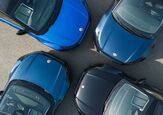
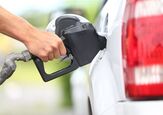

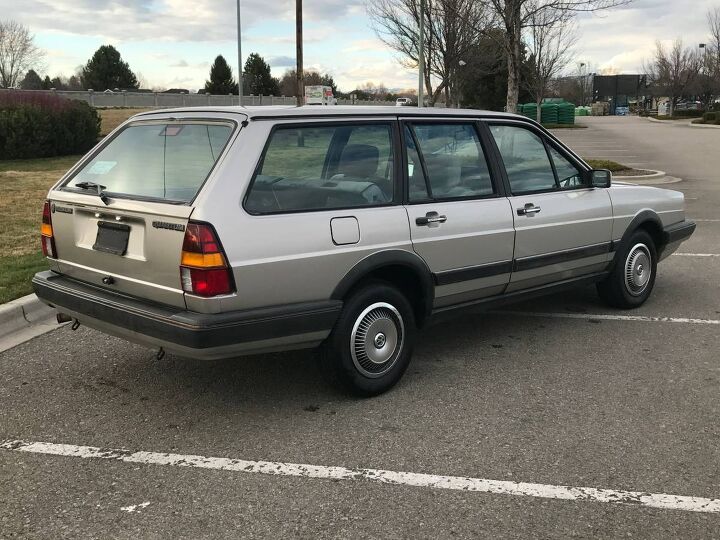


















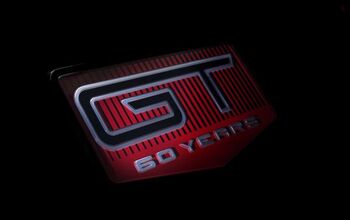
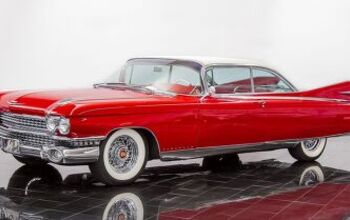















Comments
Join the conversation
I lived in China 2002-2003. The VW Santana at the time (this car in sedan form) was the most popular car, and the taxi of choice in Shenzhen--at least the more expensive nicer and legitimate taxis. They also had "Tianjin Xiali" which were re-branded Daihatsu Charades, and of course motorcycle taxis. VW sold millions of these Santanas. The taxi drivers in Shenzhen, at the time all new to driving, drove these things like their arses were on fire. Full throttle all the time, slam on brakes, full speed right into intersections (cars going straight yield at last second), tailgating and lane splitting the norm. It was basically a time when everyone on the road had the driving experience of 16 year olds in America, and no road safety laws were existent or enforced at all. It was the wild east! It was insanely dangerous but I developed some serious respect for the way these old VW's handled at those limits with those insane drivers. I go to China these days for work and the road conditions have calmed down incredibly to where it doesn't seem that much more dangerous than here. Shenzhen has old Hyundai Sonata taxis. I wonder if there is a correlation!
I remember the Quantum. Did not see very many in the shop, but more of the Audi version. The turbo models had some add-ons to fix some troubles noted earlier. All the VW/Audi 5 cyl models I saw had the radiator off towards the left headlight with an electric fan. This arrangement worked fine unless the system was contaminated, low on coolant, or the water pump failed. Gasoline turbos had an oil cooler (sourced from an air-cooled VW)with more of that "cardboard" duct work. Also an electric fan and plastic ducts to put air over the intake manifold and injectors. The injector O-rings would get hard from the heat and crack. The intake leak would make the engine run badly or even lead to burned valves and failed headgaskets. Later 1980s engines had an extra electric water pump. That would keep the coolant circulating through the engine and the turbo bearing housing when the engine was shut off. Keeping these systems working would be troublesome and costly as the cars got older. If they did not work the car would soon be non-functional. With all those add-ons the engine compartment was a real shoe-horn situation.